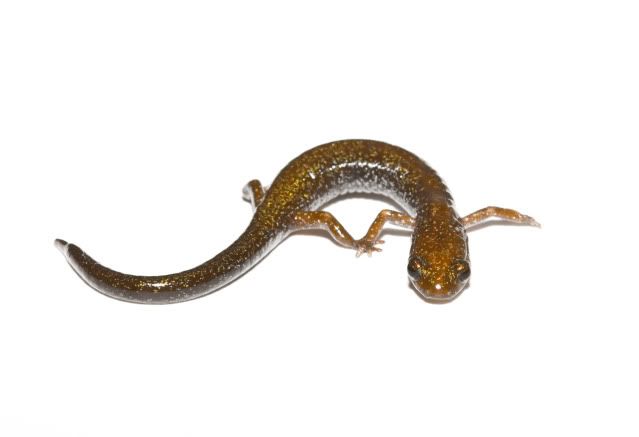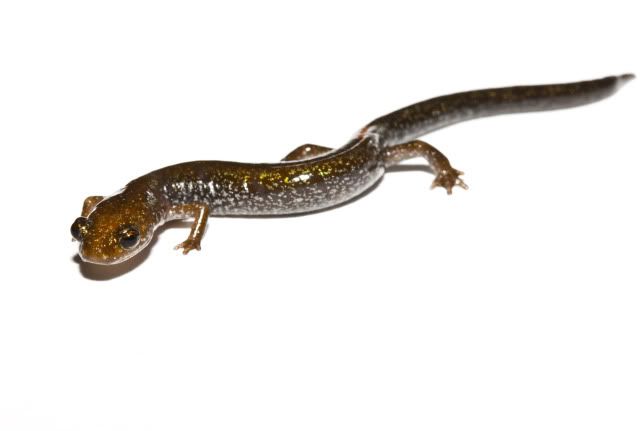EasternNewtLove
New member
- Joined
- Sep 12, 2011
- Messages
- 265
- Reaction score
- 2
- Points
- 0
- Location
- New Hampshire
- Country
- United States
- Display Name
- Jesse
I was in the woods a couple of months back and found this Plethodon Cinereus. I already had what I thought was enough of them, but he had these... spots on him. It was very obvious. I was standing upright and rolled the log over and saw he looked odd, so I looked up close and noticed he had golden flecks on him. He was really a chance encounter as I had been walking home with my friend after pond-scouting in the woods and decided to roll over a log in an are we had lots of luck in before.So what Im wondering, is is this a common or rare color morph? Has it been seen on the leadback variety before? Or is it normal for leadbacks to have golden flecks?
Also, I have a side question, do Plethodon Cinereus grom back any missing limbs? I found one at a park missing a foot, took her in, and it appears that bone structure is reforming in the stub and early sings of digits are appearing.
Also, I have a side question, do Plethodon Cinereus grom back any missing limbs? I found one at a park missing a foot, took her in, and it appears that bone structure is reforming in the stub and early sings of digits are appearing.



